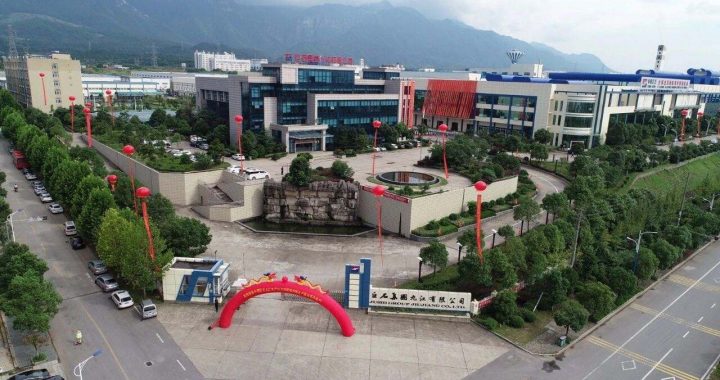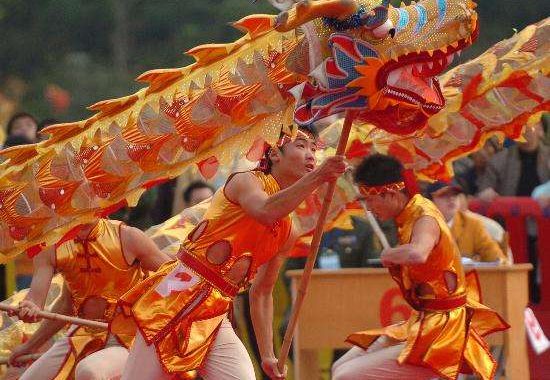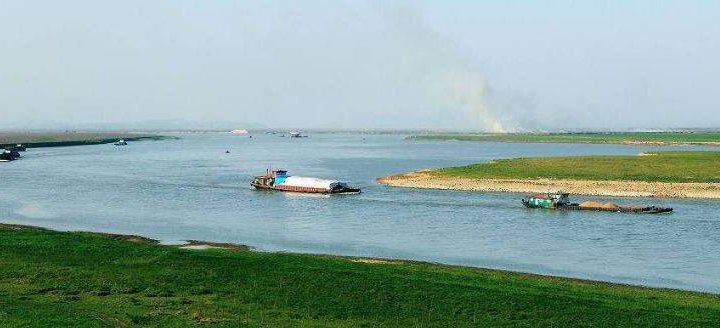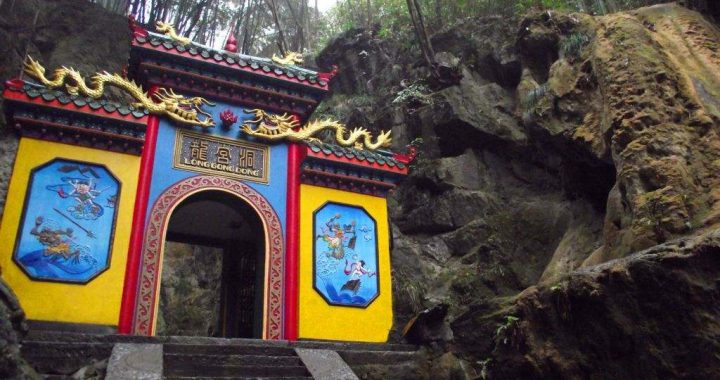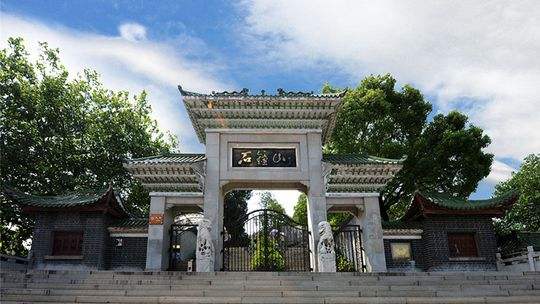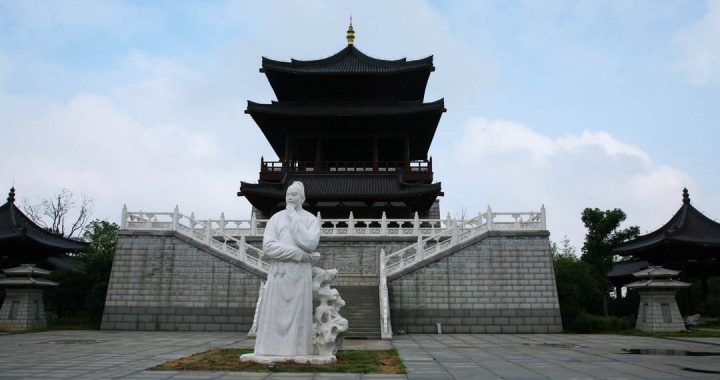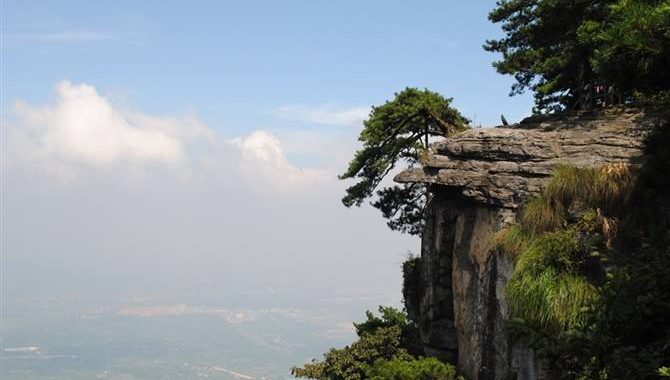Maior Scenic Spots in Jiujiang City
5 min readYanshui(Mist and Water) Pavilion
With an area of about 80 hectares, Gantang Lake is in the center of Jiujiang City. It is a natural lake, and the most attractive place of interest in the city.
Gantang Lake known for its charming scenery is a must to each visitor to Jiujiang.
Gantang Lake was once called Jingxing Lake during the Tang Dynasty, and is renamed to commemorate Li Bo, the Magistrate of Jiangzhou during the Tang dynasty who have built the dike, dredged the lake and constructed the irrigation works. Now there still existed some historic sites, such as Ligong Dike and Sixian Bridge. It is divided into two parts by the dike and the bridge. The divided lakes are now separately called Nanmen Lake in the east of the dike and Gantang Lake in the west.
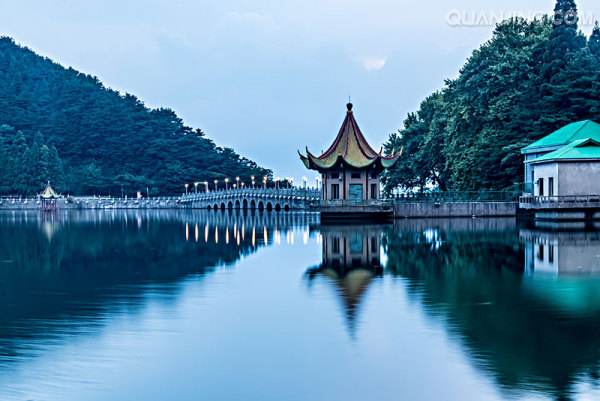
If we compare Jiujiang City to a beautiful girl, then the two lakes are the girl’s two bright eyes.
In the lake, there is an isle sheltered by the verdant and exuberant trees. On the isle, there is a complex of ancient buildings that is a Pure Land of the downtown.
named Yanshui Pavilion. The pavilion is connected by a zigzag bridge to the bank.
The pavilion has a long history, and got its name from the famous poet Bai Juyiof the Tang Dynasty, during his unhappy posting in Jiujiang. To commemorate this gifted poet,a pavilion was built on the place and was called Moon Reflection Pavilion. In the Northern Song period a highly regarded Neo-Confucian philosopher, Zhou Dunyi, taught in Jiujiang and his son built the pavilion on the lake to his father’s memory.
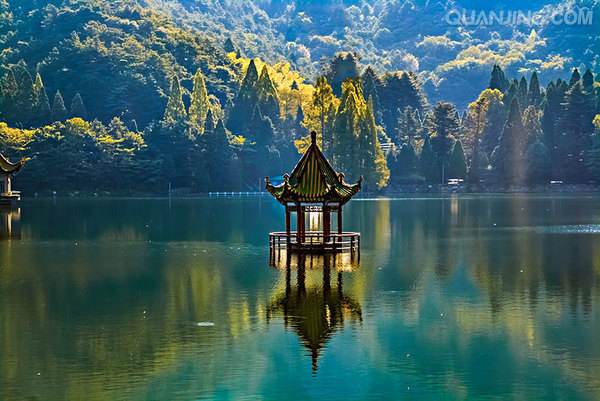
Though called a pavilion, it is a series of structures connected by corridors andsmall paths. Beautiful names have been given to the various buildings, such as the Chuanting Hall, the Cuizhaoxuan Pavilion and the Jinyue (Moon Reflection)Pavilion. From the pavilion, you will see that Mount Lu is like a green screen aroundwhich the clouds are lingering. Surely you will be fascinated by the wonderful view.
Xunyang Tower
Xunyang Tower is located near the Yangtze River northeast of Jiujiang City. It is a simple and graceful tower. Built in the flourishing Tang Dynasty, Xunyang Tower was a restaurant originally. It was repaired and rebuilt during the Song Dynasty. Now the tower we see was rebuilt in 1986. It is a construction imitating the style of the Song Dynasty. As high as 21 meters, it covers an area of 2000 square meters.
Looking from the outside, you will see it has three floors but indeed it has four floors inside.
The tower was initially mentioned in a poem of Wei Yingwu, the Magistrate of Jiangzhou during the Tang Dynasty (618 AD-907 AD). Bai Juyi, who was a very famous poet during the Tang Dynasty and was appointed as a military leader in Jiangzhou(ancient name of Jiujiang), also represented the beautiful suroundings ofthe tower in a poem. The real reason to make the tower well-known is the brilliant description of the Chapter outlaws stirring the Jiangzhou City in the famous novel Water Margin written by Shi Nai’ an.
Long ago the horizontal inscribed board with three characters”Xun Yang Lou”, hung high on the beam, was written by the poet Su Dongpo of the Northern Song Dynasty. The new horizontal inscribed board hung in 1986 was writen by the chairman of Chinese Confucian Association Mr. Zhao Puchu.
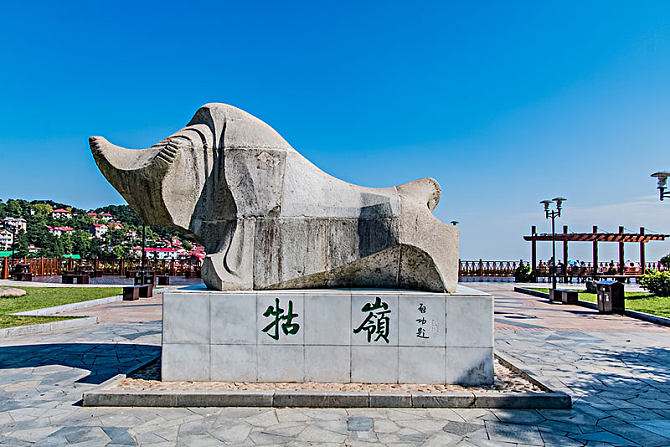
The famous Xunyang Tower is related directly with Chinese famous historical novel”Water Margin”(“Shui Hu”in Chinese pronunciation). The writer Shi Nai’an inscribed in this novel clearly -the hero Song Jiang wrote offensive poems drunkenly in the tower.
Let the novel elicit the Xunyang Tower and let the scenic spot contrast the famous book. This atracts people to notice it. Only this point has already let peopleproduce beautiful and boundless thoughts to this ancient tower. So the decoration of today’s Xunyang Tower is regarded the contents of Water Margin stories as its subject. On the large wall, there are inlayed large scale porcelain paintings. Some are showing the beautiful landscapes of ancient Jiujiang. Some are painted the plots in the book clearly.
Including the charming of classical novel, the unique landscapes of the Xunyang Tower are also the attraction to the visitors. When you climb the 3rd floor and have an overlook, you will see water, mist, cloud and fishing boat. This is really a beautiful picture and let you completely be relaxed and happy.
Lang Well(Rippling Well)
Located in the Xinhua City Square, Lang Well was dug in 201 B.C. by General Guan Ying of the Han Dynasty, hence we got the name of Guanying Well. In the Three Kingdom Period, Sun Quan, the King of Wu Kingdom, re-dug the well,
therefore it was renamed Rui Jing.During the Tang Dynasty,the famous poet Li Bai has writen a poem in which there is a verse:”The wind grows from Xunyang River,and the water rippled in the Guanying Well.”Hence the name of Lang Well gets the meaning of rippling well.
Nengren Temple(Worthy and Benevolence Temple)
Located on Yuliang South Road,the downtown of Jiujiang,Nengren Temple was built initially in the sixth century.In the temple,there are some historic relics such as Huiru Spring,Stone Boat,Yuchuanshi and Dasheng Tower that is one of the famous ancient towers in Jiujiang.
Suojiang Tower(River Lock Tower)
Located on Binjiang East Road on the bank of the Yangtze River,Suojiang Tower was built in 1586.The majestic tower stands erectly without any rebuilding and is elected as the important symbolic building in Jiujiang.
Pipa Pavilion
Pipa Pavilion lies on the bank of the Yangtze River in the northeast of JiujiangCity.Appointed as the minister of war in Jiangzhou,Bai Juyi,a famous poet in the Tang Dynasty,has invited a singer to play pipa,one of the musical instruments,in a moon night by the riverside of Xunyang,to see his friends off.After that,he wrote the best-known long piece poem Song of Pipa Lute.Therefore,the Pipa Pavilion was built to commemorate him.
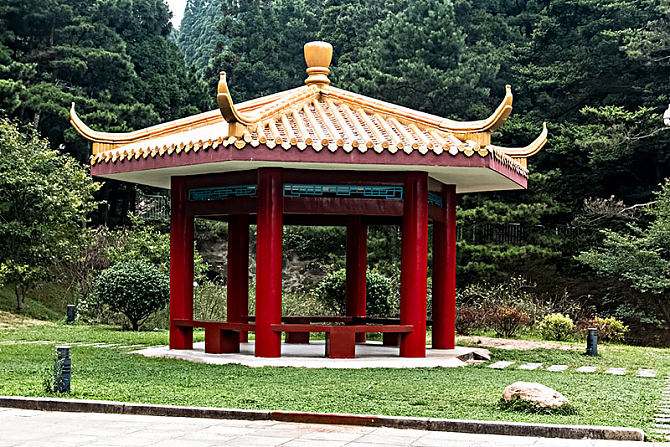
Jiujiang Yangtze River Bridge
Located in the northeast of Jiujiang,Jiujiang Yangtze River Bridge spans the Yangtze River where Jiangxi Province marches with Hubei Province.The length of the highway bridge is 4460 meters and the railway bridge 7675 meters.With the maximal span of 216 meters and the minimal span of 126 meters,ten piers support 11 girders,which give rise to the magnificent and elegant profile of the bridge.
